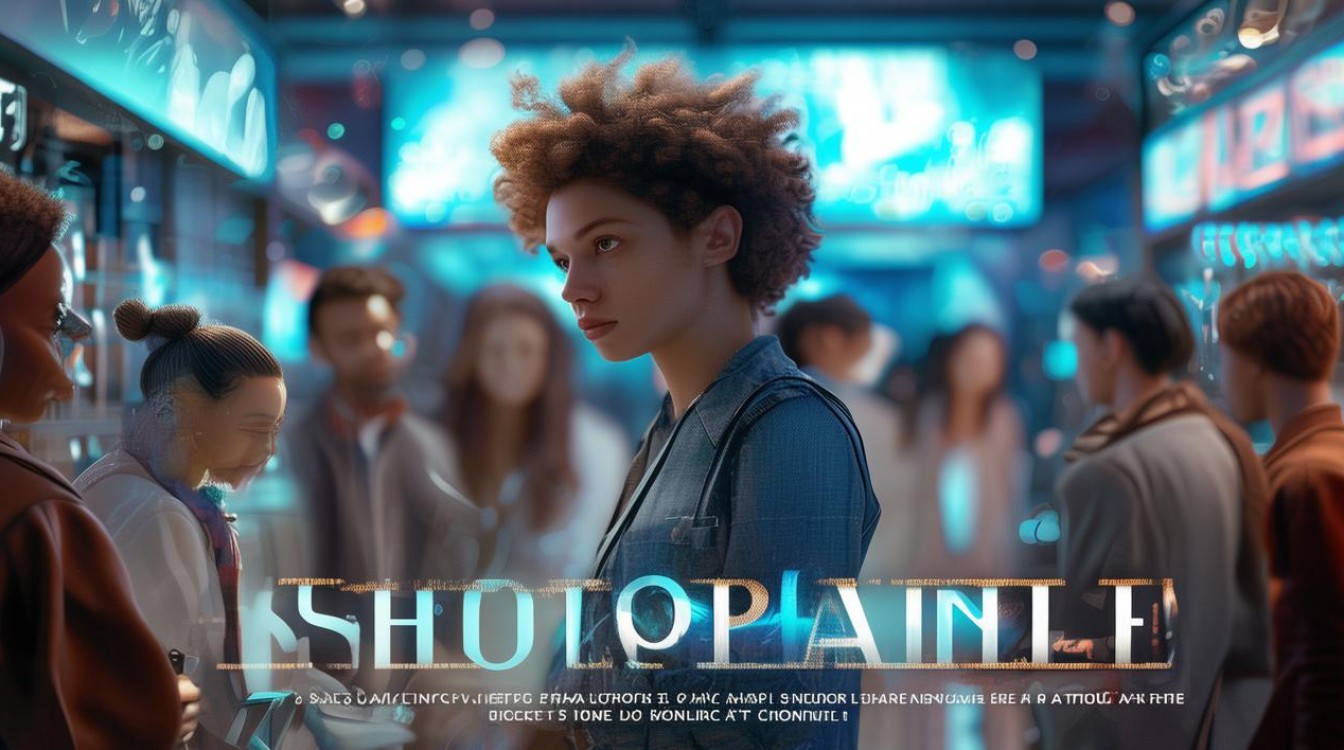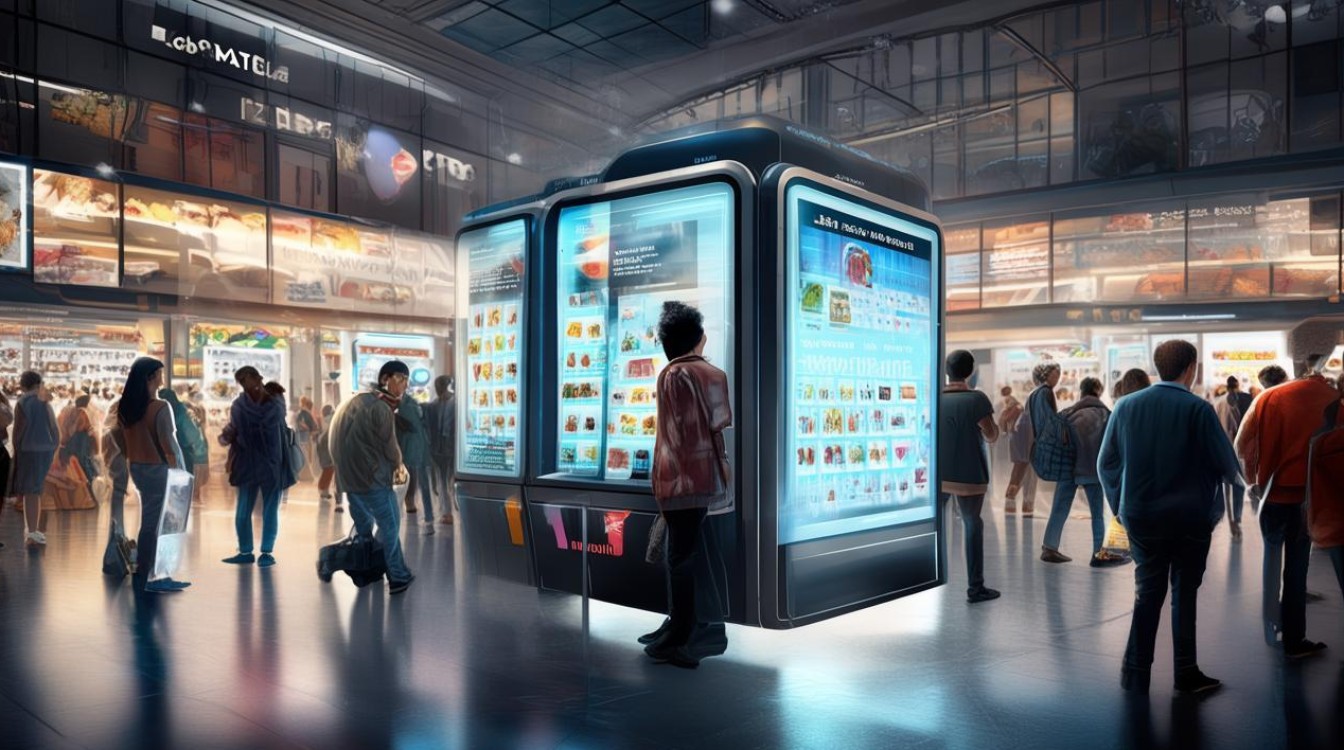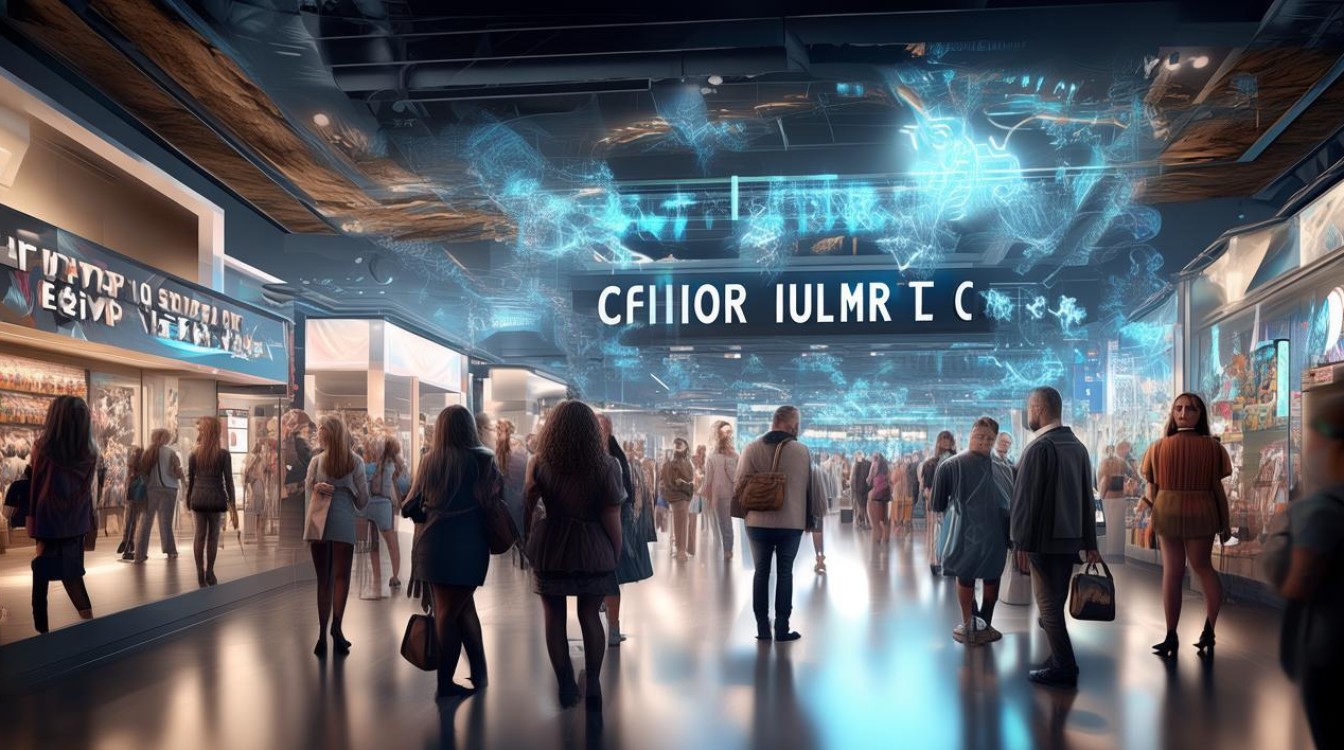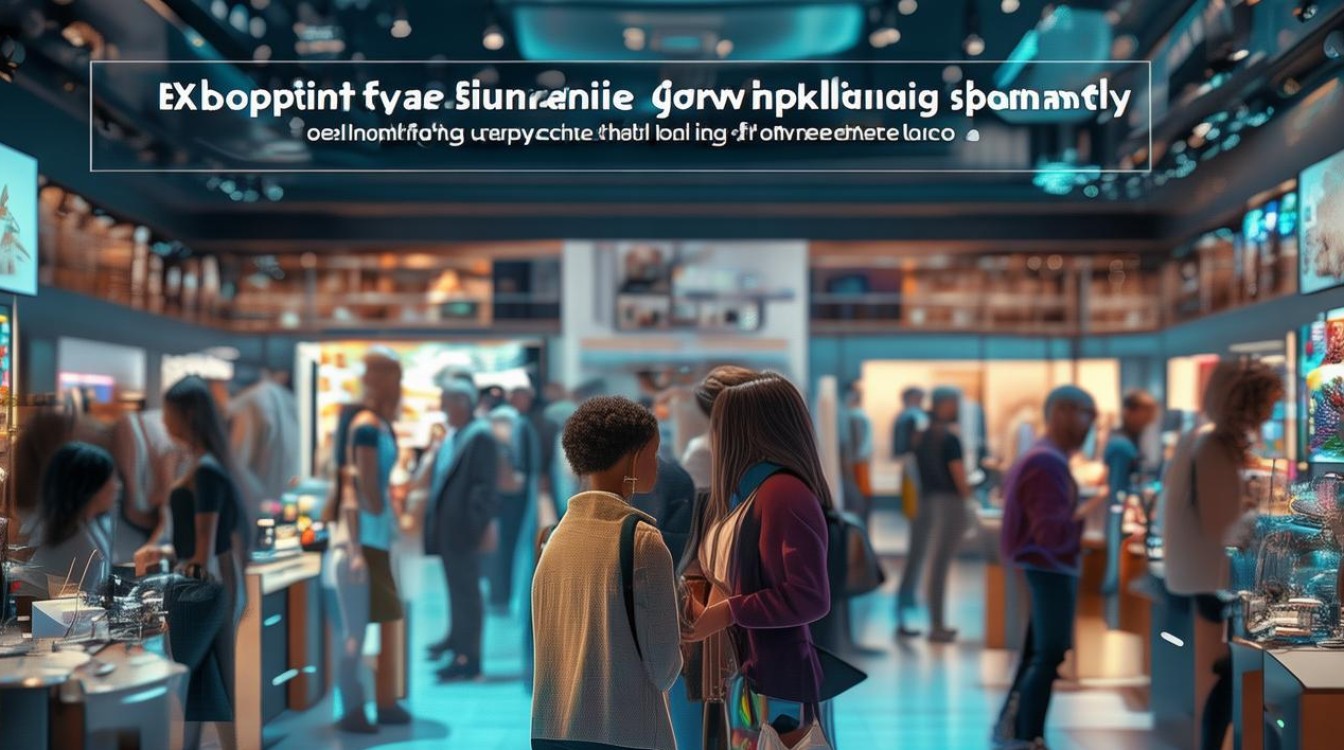Shopping has transformed from a simple exchange of goods to a complex reflection of personal values, economic conditions, and technological advancements. The way people approach purchasing decisions reveals much about societal trends and individual priorities. This shift in shopping perspectives influences not only consumer behavior but also business strategies worldwide.

The Traditional Shopping Mindset
Historically, shopping served as a necessity-driven activity. People bought what they needed, often prioritizing durability and functionality over aesthetics or brand appeal. Local markets and small businesses thrived because convenience and trust played significant roles in purchasing decisions. Shoppers developed relationships with merchants, relying on their expertise to guide choices.
Price sensitivity dominated traditional shopping habits. Bargaining was common, and consumers carefully compared options before committing to a purchase. The concept of brand loyalty emerged slowly, built through consistent quality rather than marketing campaigns. This era emphasized practicality, with less emphasis on the emotional or social aspects of buying goods.
The Rise of Consumer Culture
The industrial revolution and mass production changed shopping dynamics dramatically. With more products available, competition increased, and businesses began using advertising to differentiate themselves. The idea of shopping as a leisure activity gained traction, particularly in urban areas where department stores offered a wide selection under one roof.
Brands started cultivating images that resonated with specific demographics. Owning certain items became a status symbol, linking material possessions to personal identity. This shift introduced emotional purchasing—buying things not just for utility but for the feelings they evoked. Marketers capitalized on this, creating campaigns that tied products to happiness, success, or social acceptance.

Convenience also became a priority. The expansion of credit systems allowed people to buy now and pay later, altering spending habits. Shopping malls emerged as social hubs, blending retail with entertainment. These developments reflected a broader cultural move toward consumption as a central part of modern life.
The Digital Revolution and Its Impact
E-commerce reshaped shopping perspectives more than any previous innovation. Online platforms removed geographical limitations, giving consumers access to global markets with a few clicks. Comparison shopping became effortless, empowering buyers with information that was once difficult to obtain. Reviews and ratings replaced face-to-face recommendations, shifting trust from local vendors to digital communities.
Mobile technology accelerated this change. Smartphones enabled shopping anytime, anywhere, blurring the line between browsing and buying. Social media platforms introduced influencer culture, where purchasing decisions are often swayed by personalities rather than traditional advertisements. The immediacy of digital transactions reduced deliberation time, increasing impulse buys.
Sustainability concerns also grew alongside digital shopping. Consumers became more aware of environmental impacts, leading to demand for ethically sourced and eco-friendly products. Transparency in supply chains became a selling point, as shoppers wanted to know where and how items were made. This awareness marked a return to mindful consumption, though with modern tools facilitating informed choices.

Psychological Factors in Modern Shopping
Today’s shopping behavior is deeply intertwined with psychology. Retailers use algorithms to personalize experiences, suggesting products based on past behavior. This creates a sense of individuality in purchasing while subtly guiding decisions. Limited-time offers and flash sales trigger urgency, playing on the fear of missing out.
Social proof heavily influences buying habits. Seeing others endorse a product—whether through reviews, testimonials, or social media posts—validates choices and reduces perceived risk. Conversely, negative feedback can deter potential buyers instantly. The digital age has amplified word-of-mouth marketing, making peer opinions more powerful than ever.
Emotional spending remains prevalent, but with new nuances. Online shopping provides instant gratification, yet the absence of physical interaction can lead to buyer’s remorse. Some consumers use retail therapy to cope with stress, while others adopt minimalist approaches to counteract overconsumption. These contrasting behaviors highlight the diversity in contemporary shopping perspectives.
The Future of Shopping
Emerging technologies continue to redefine how people shop. Augmented reality allows virtual try-ons, bridging the gap between online and in-store experiences. Artificial intelligence predicts preferences with increasing accuracy, streamlining the search process. Cryptocurrencies and blockchain introduce new payment methods and authenticity verification.

Yet, despite technological advances, human elements persist. Trust remains crucial—whether in a brand’s integrity or a platform’s security. Authenticity resonates more than ever, with consumers favoring businesses that align with their values. The balance between convenience and personal connection will likely shape future shopping trends.
Shopping is no longer just about acquiring goods; it reflects identity, ethics, and adaptability in a fast-changing world. The evolution from necessity-driven purchases to value-based decisions illustrates broader societal shifts. As technology and consciousness continue to evolve, so too will the ways people choose to spend their money.
Understanding these changing perspectives helps businesses adapt and consumers make more intentional choices. The next era of shopping will likely blend innovation with a renewed appreciation for meaningful consumption.

